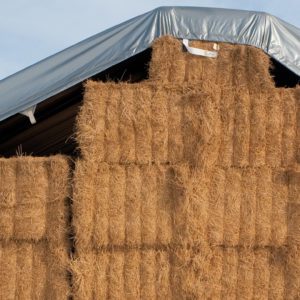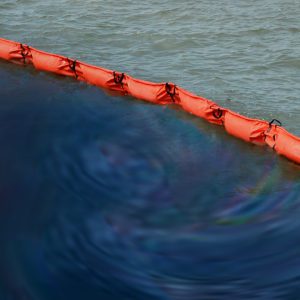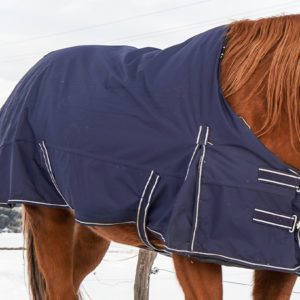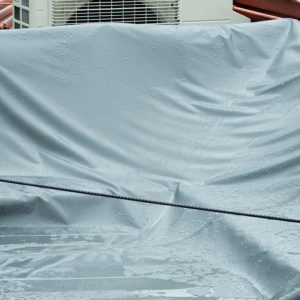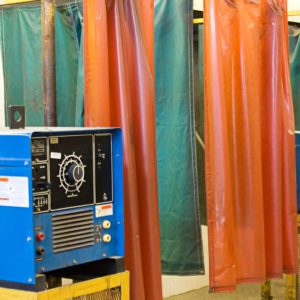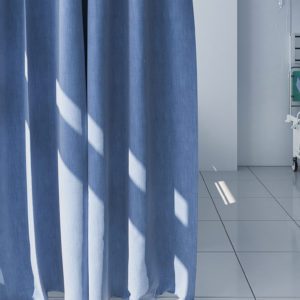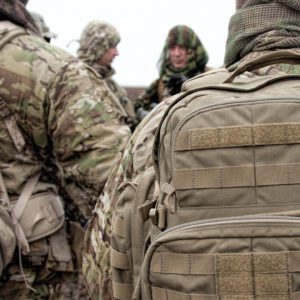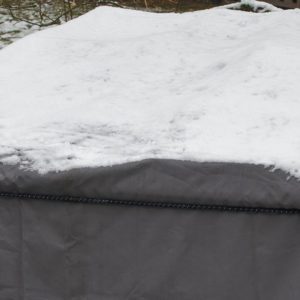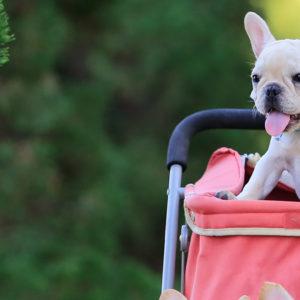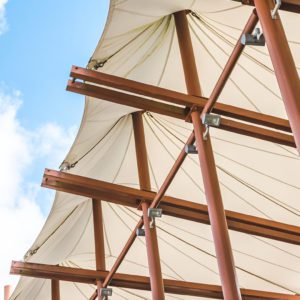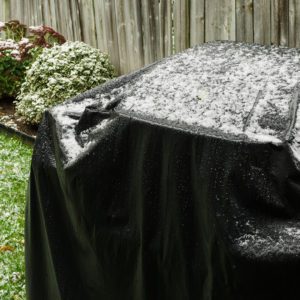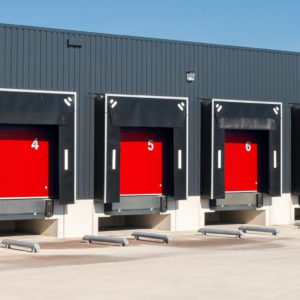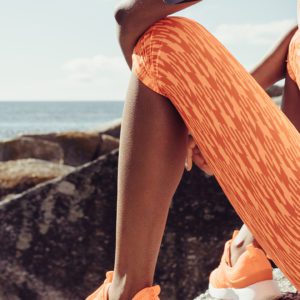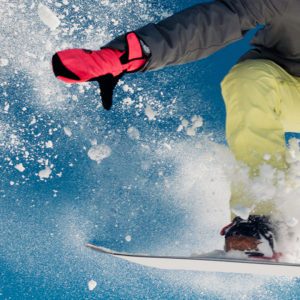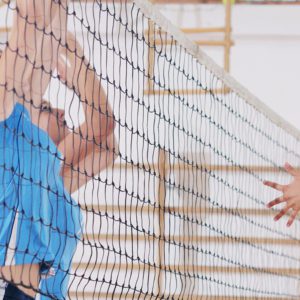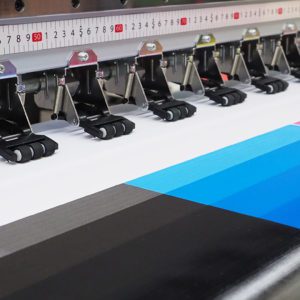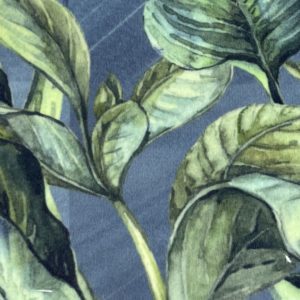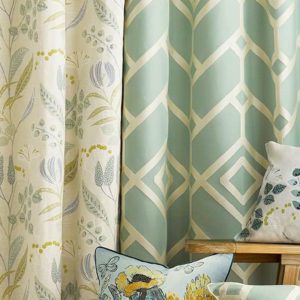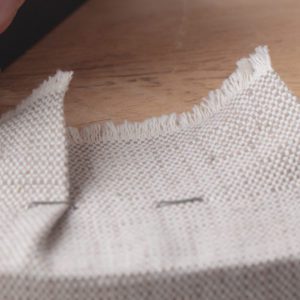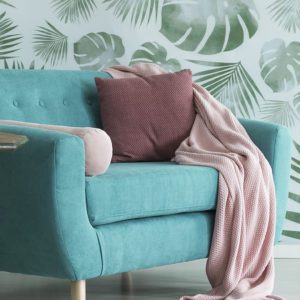Overview
While printers tend to get more attention, the magic is really in the calender. With multiple types of printing calenders on the market, each calender can dramatically impact the quality of the print. Let’s learn about the three types of calenders (oil drum, radiant heat, and electric) and how dwell time and temperature make all the difference – and will likely be the key to your customer’s problems.
Calender Types
The three types of calenders, oil drum, radiant heat, and electric, all have distinctly different heating elements. Oil drum calenders are undeniably the highest quality calender type on the market. The second and third best options are a matter of opinion.
Oil Drum Calenders
It’s the best choice because it produces the most consistent heat. Oil drum calenders are available in multiple sizes and the bigger the diameter of the oil drum, the more reliable and faster the production capacity. To sum it up, oil drum calenders are reliable, offer peace of mind, allow for a high production speed, and have the best color consistency.
The two best calenders companies in the market are Monti Antonio and Klieverik. They’re more expensive but will last for years. You get what you pay for!
Radiant Heat Calenders
It doesn’t have a blanket or belt, which means that a radiant heat calender does not have pressure settings. Without pressure settings, you lose some control that you can achieve with other heat systems. On the upside, radiant heat calenders are less likely to have mechanical failures.
Electric Heating Calenders
Electric heat calenders can be good as long as they’re sufficiently maintained. If the heating element breaks (which happens frequently), it can create cold spots on the calender which results in blotchy printing and inconsistent color.
Pro tip: When you are buying a calender, you should calculate future growth and yards run through the machine annually. If you anticipate having several printers, it’s worth investing in an oil drum calender that can handle the output of three or four printers.
Dye Sublimation Calender Best Practices
The keys to success: Time, temperature, and pressure
Having control over dwell time (the length of time the fabric is in contact with the transfer paper and heated drum on the calender), temperature, and pressure is paramount.
The rule of thumb is to choose a base temperature (typically between 375-400°F) that will remained unchanged no matter what fabric is run through the calender. Instead, adjust the dwell time and pressure (if possible) to get better print clarity and ink transfer. For example, heavier-weight fabrics will likely require a longer dwell time and increased pressure for optimum results.
For most fabrics, the standard dwell time range is between 30-60 seconds.
Lighter weight fabrics are at the low end of heat and dwell time with the average calender belt pressure at 40%. Heavier fabrics, such as backlit or upholstery, are at the high-end, up to 410°F with a 60 second dwell time and up to 100% belt pressure.
Note: Approx. 80% of fabrics will run using the same heat and dwell time settings.
Pro tip: Backlit and upholstery fabrics may need a higher temperature and longer dwell time for the ink to penetrate coatings and fibers. This applies to any heavyweight fabric – 8 oz. and up.
Exception: Black & white blockout fabrics have a thin layer of polyester with black or white acrylic backing. These require lower temperatures and shorter dwell times, otherwise the acrylic backing will melt! Not to mention, it might ruin your calender’s belt, not only making it a big pain to clean up melted acrylic but an expensive mistake.
Summary
Of the three types of heat calenders, oil drums are by far the best. While radiant heat and electric calenders can do the job, they bring other challenges or may not allow for precise controlled results. The key to calender success, however, lies in the dwell time, temperature, and pressure. If your customer is having an issue achieving their desired results (and likely blaming the fabric), the remedy likely lies in adjusting one of these three factors. Time, temperature and pressure are the trifecta and will be your secret weapon when dealing with a frustrated customer.
